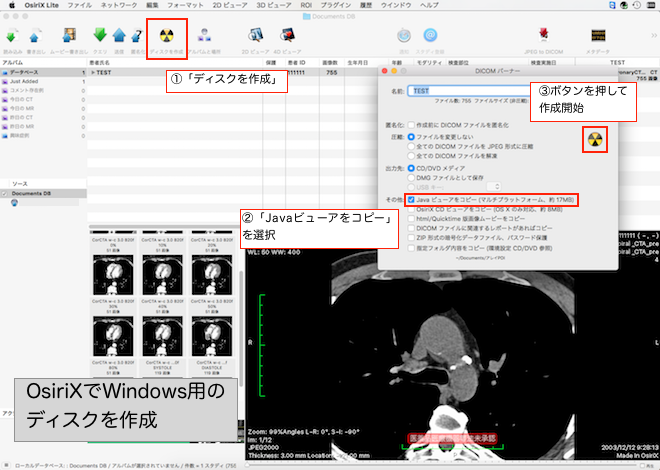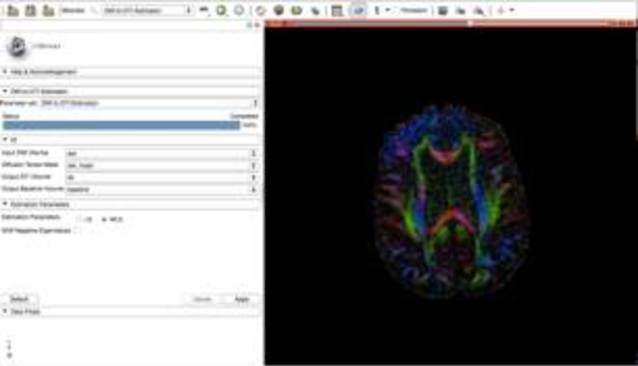

Additionally, several prognostic factors for specific grades of tumors were reported. Until now, research yielded several important predictors of survival, including histomolecular classification, age, the extent of resection, preoperative tumor volume, and Karnofsky performance status (KPS) for both high- and low-grade glioma (HGG and LGG, respectively) ( 1– 4). In LGG none of the cognitive domains added prognostic value.Ĭonclusions: Our findings indicated that memory deficits, which were revealed with the neuropsychological examination, were of additional prognostic value in HGG to other well-known predictors of survival.ĭiffuse gliomas, which are at WHO grade II-IV, are progressive primary brain tumors with a variable, but generally poor prognosis, despite recent progress in treatment options.

The domain memory had a significant added prognostic value in HGG as indicated by an LRT ( p-value = 0.018). Results: We included 109 LGG and 145 HGG patients with a median survival time of 1,490 and 511 days, respectively. We compared Cox proportional hazards regression models with and without the cognitive domain by means of loglikelihood ratios tests (LRT), discriminative performance measures (by AUC), and risk classification. Their added prognostic value on top of known prognostic factors was assessed in two patient groups ). Methods: In a retrospective cohort study of patients undergoing awake craniotomy between 20 we performed pre-operative neuropsychological assessments in five cognitive domains. Our aim was to investigate whether pre-operative cognitive functioning is of added value in survival prediction in these patients. Background: Diffuse gliomas, which are at WHO grade II-IV, are progressive primary brain tumors with great variability in prognosis.


 0 kommentar(er)
0 kommentar(er)
